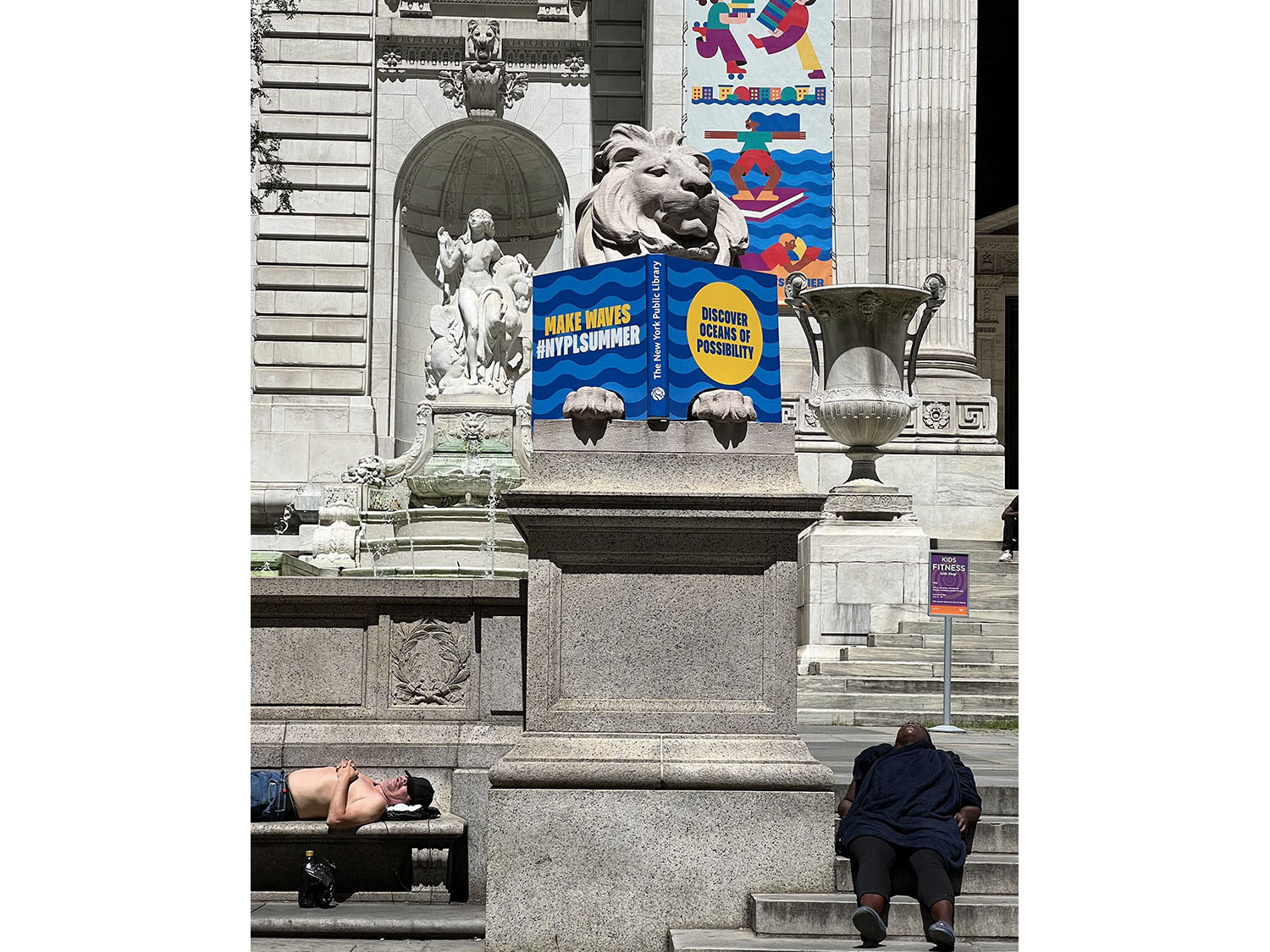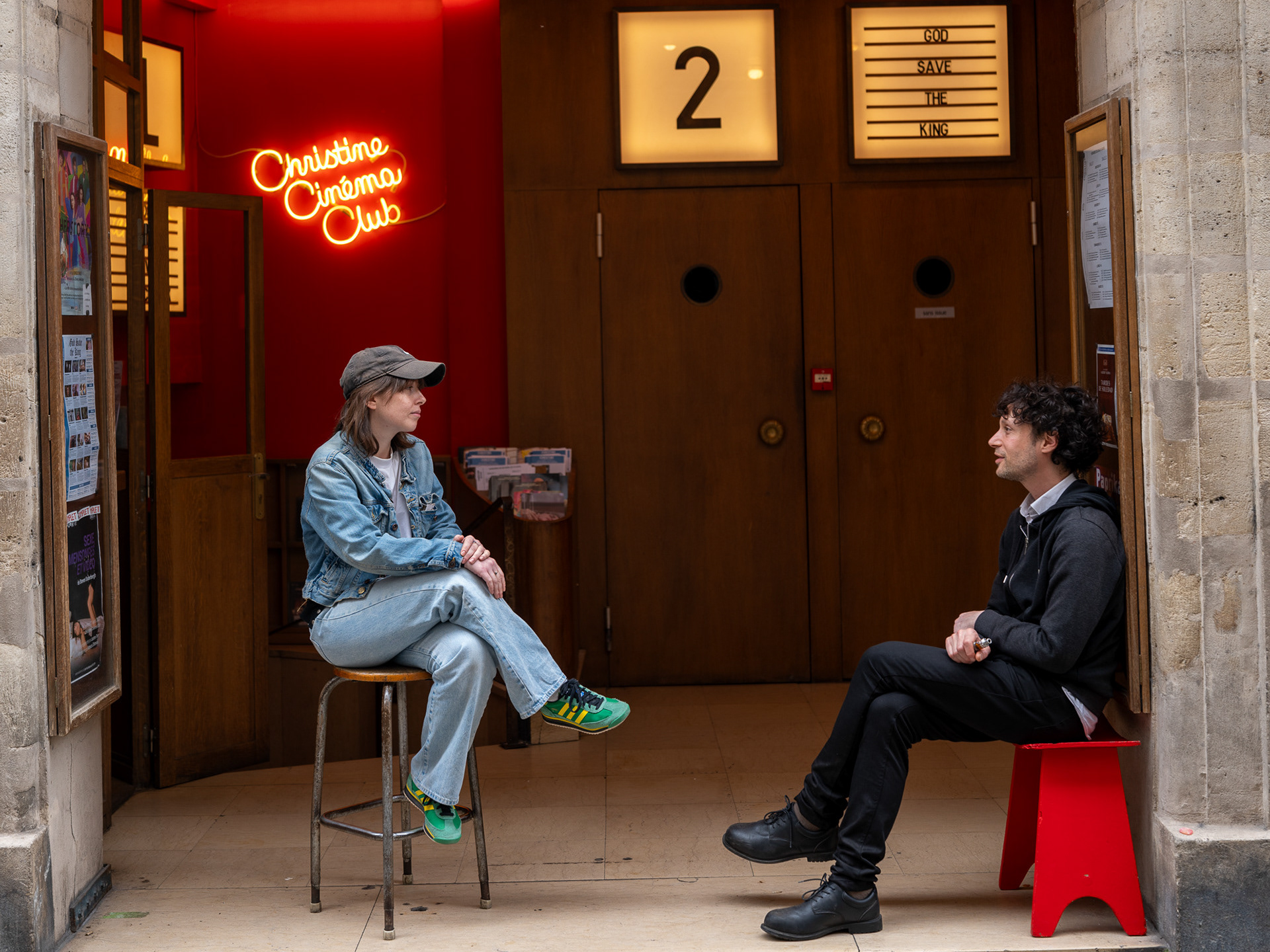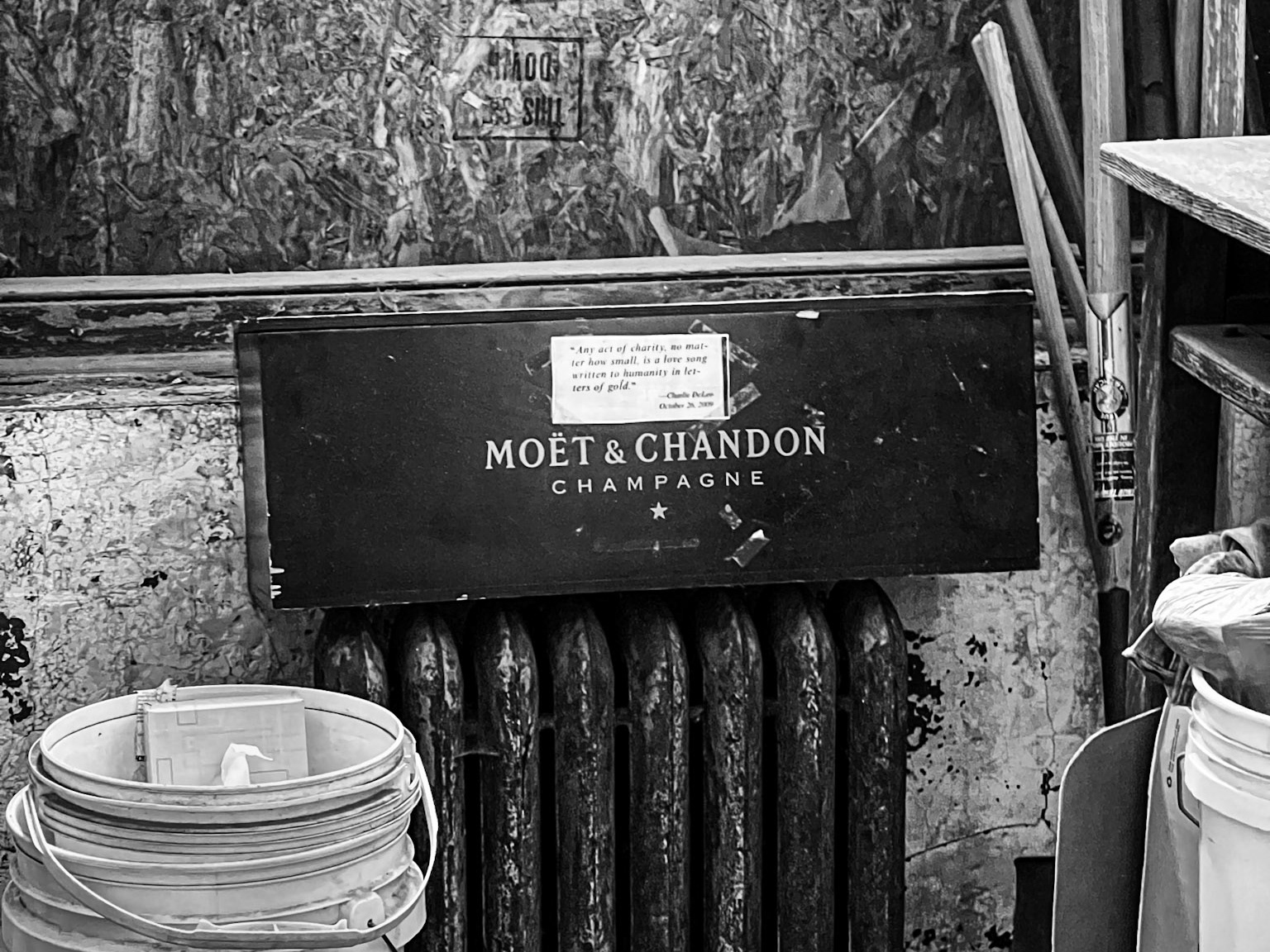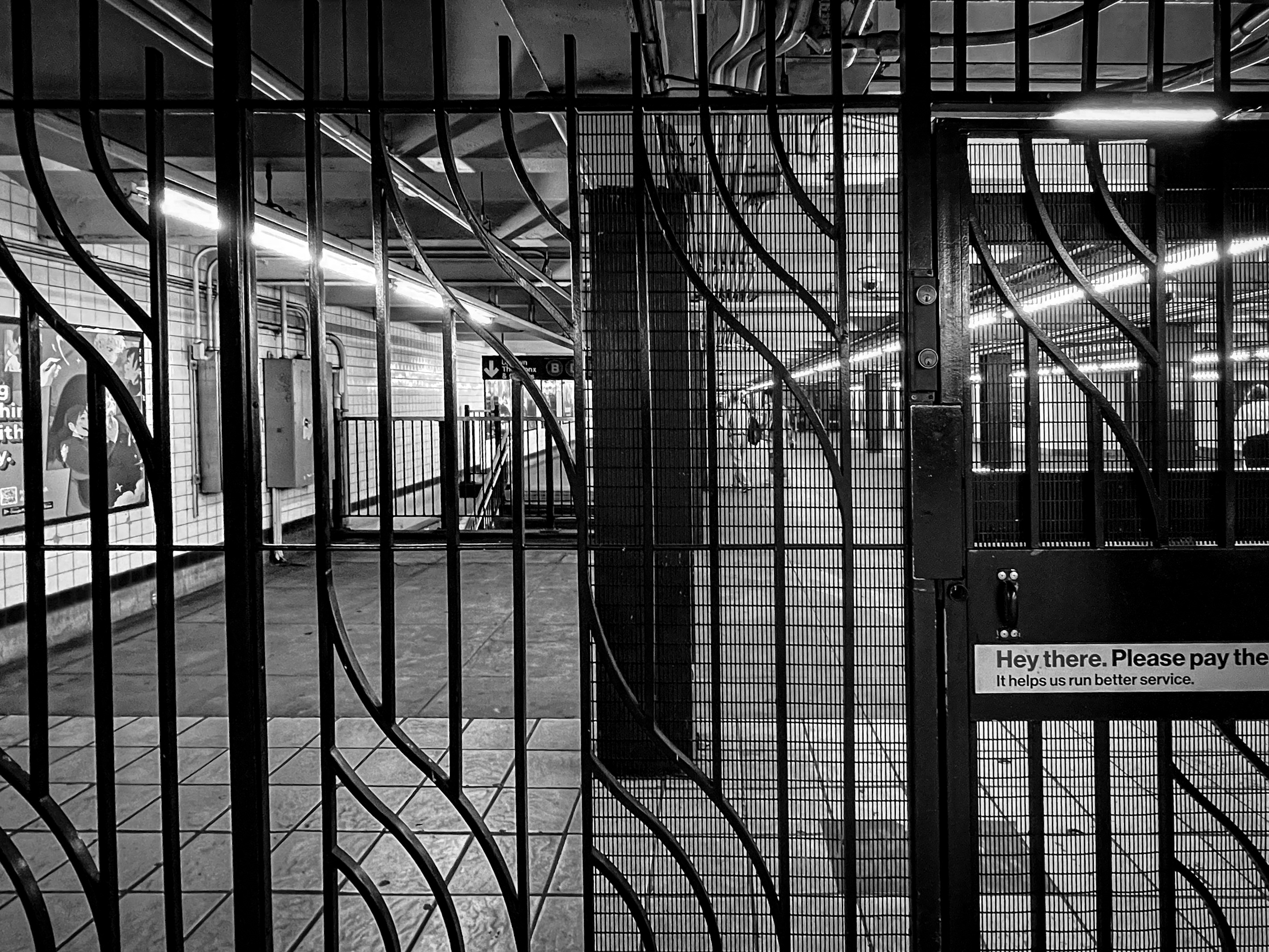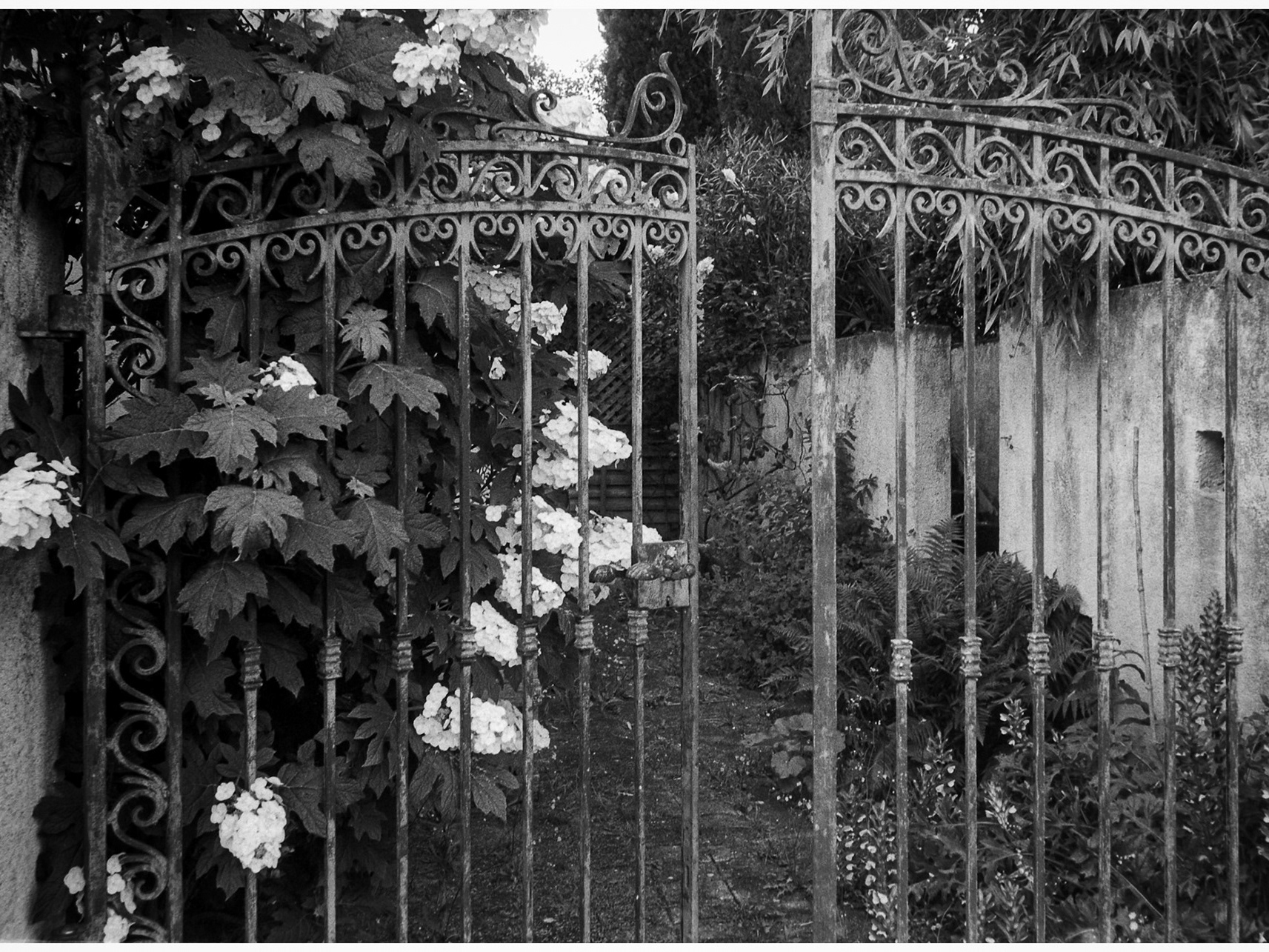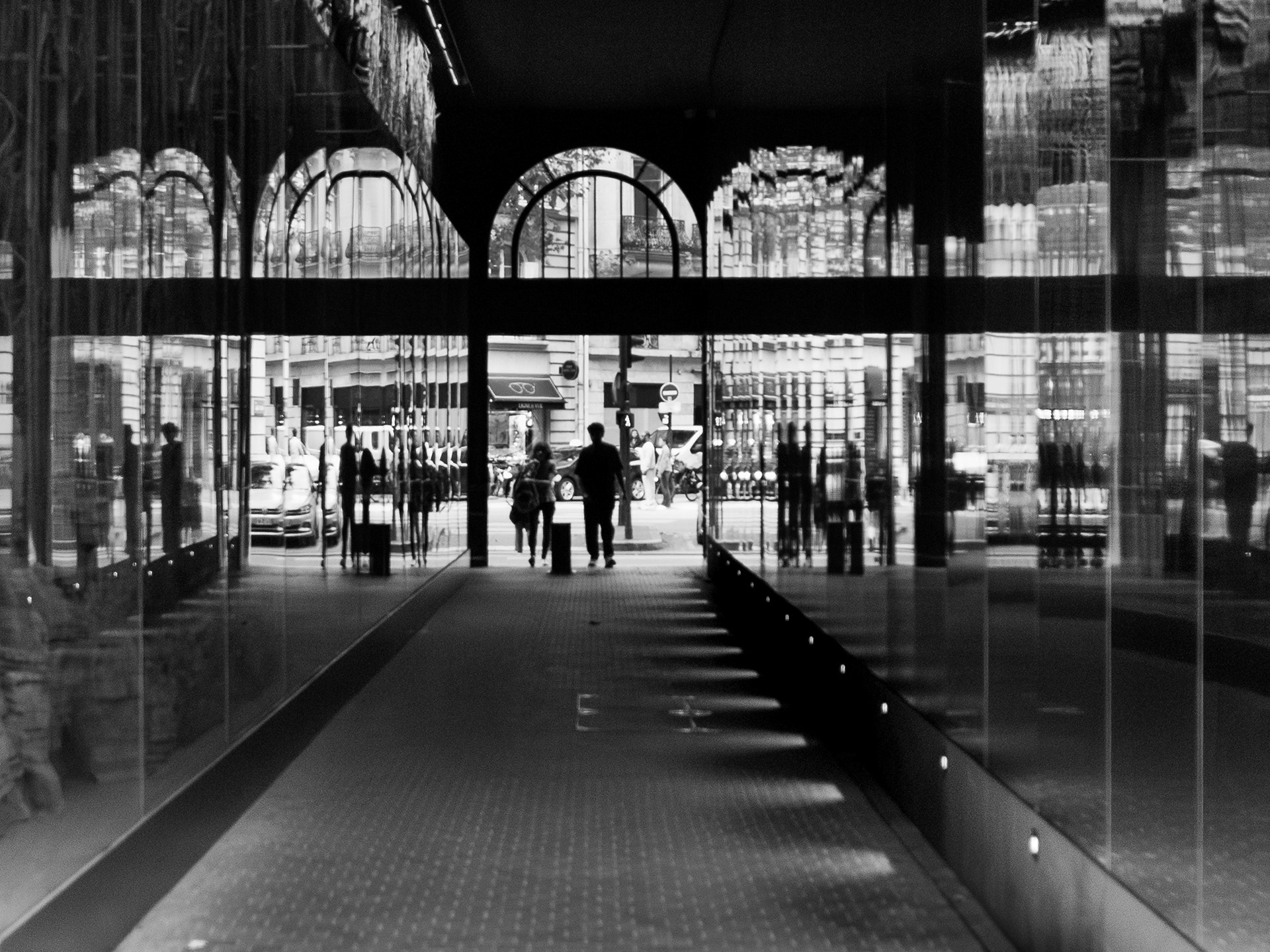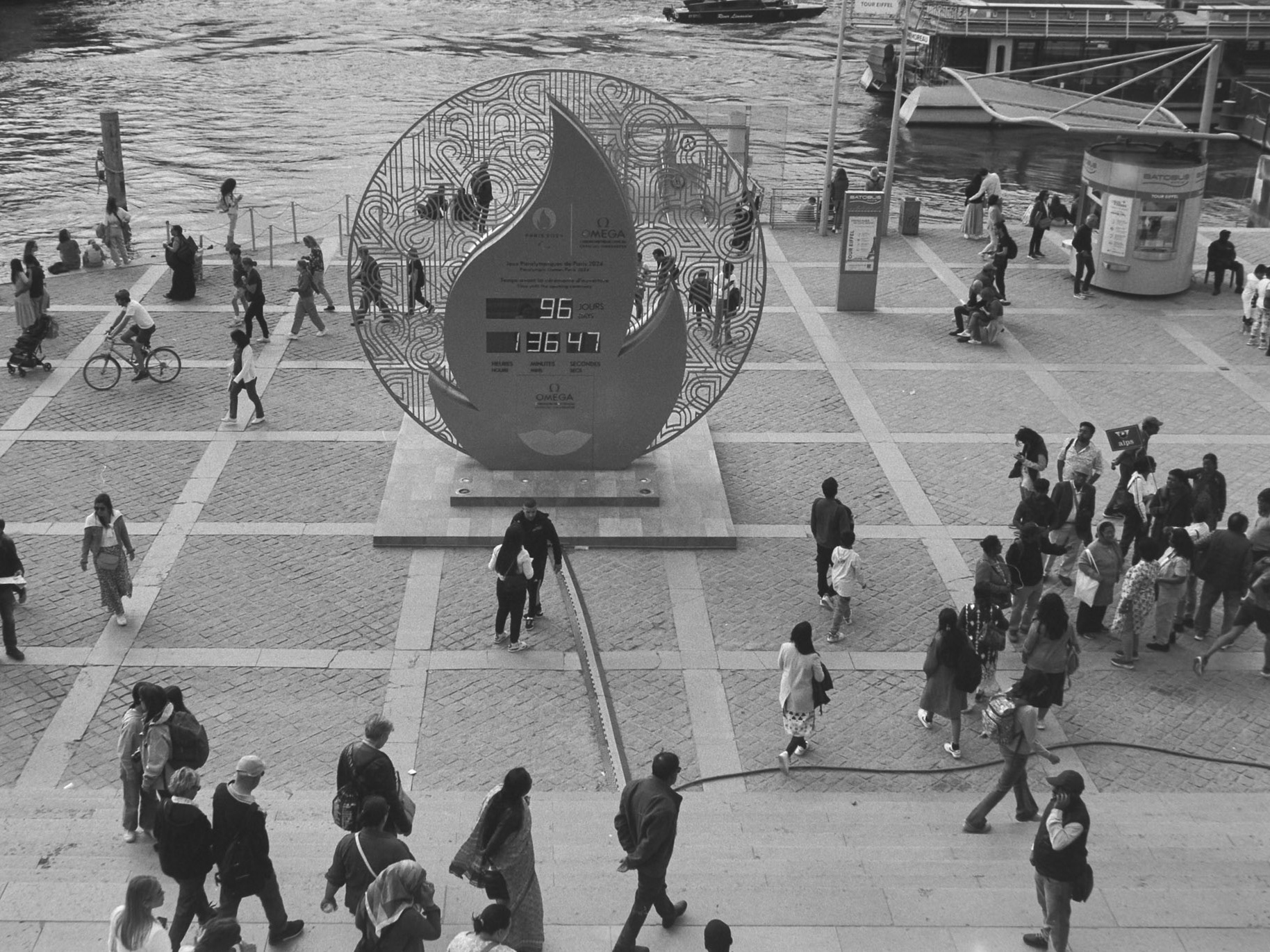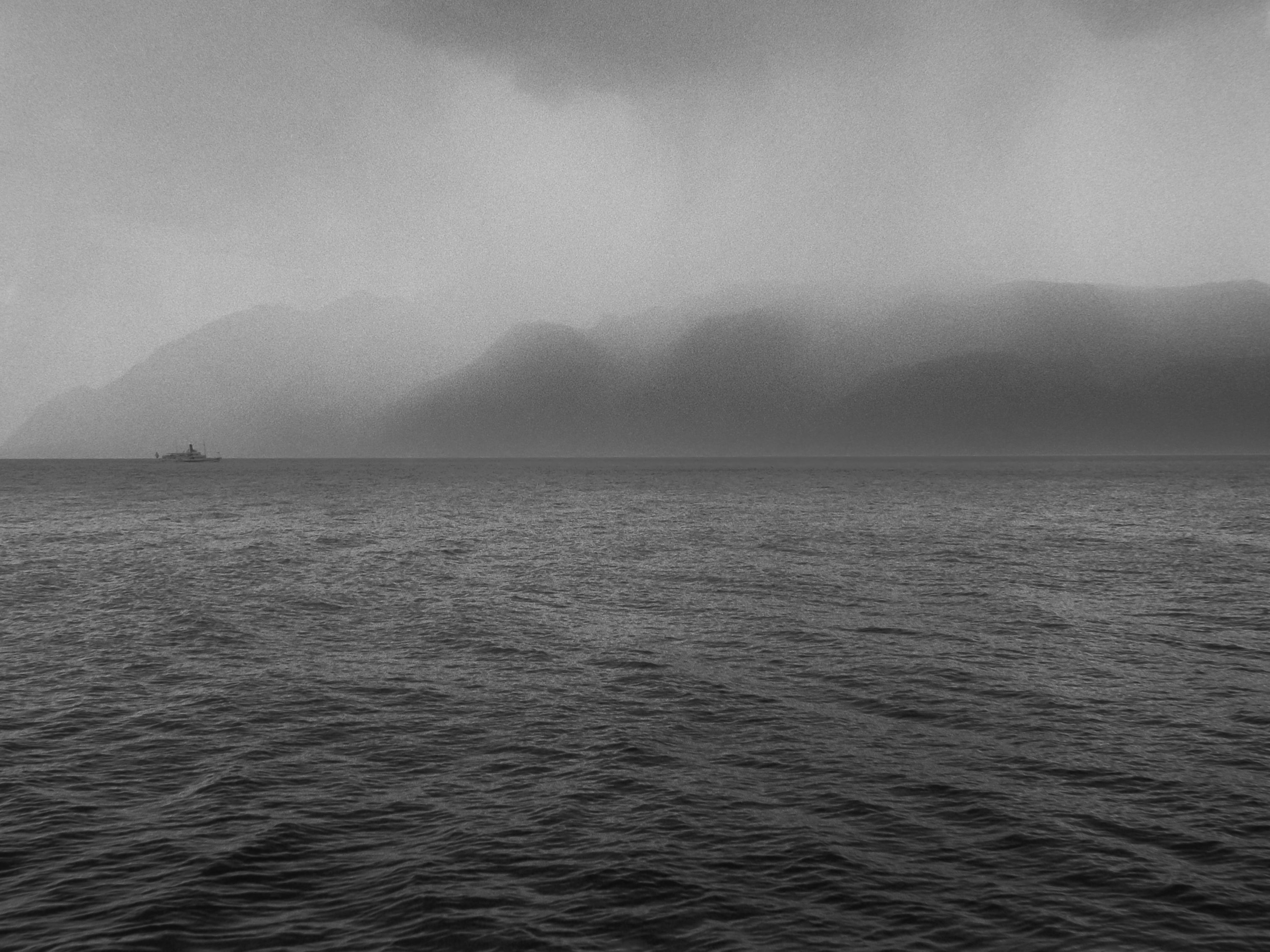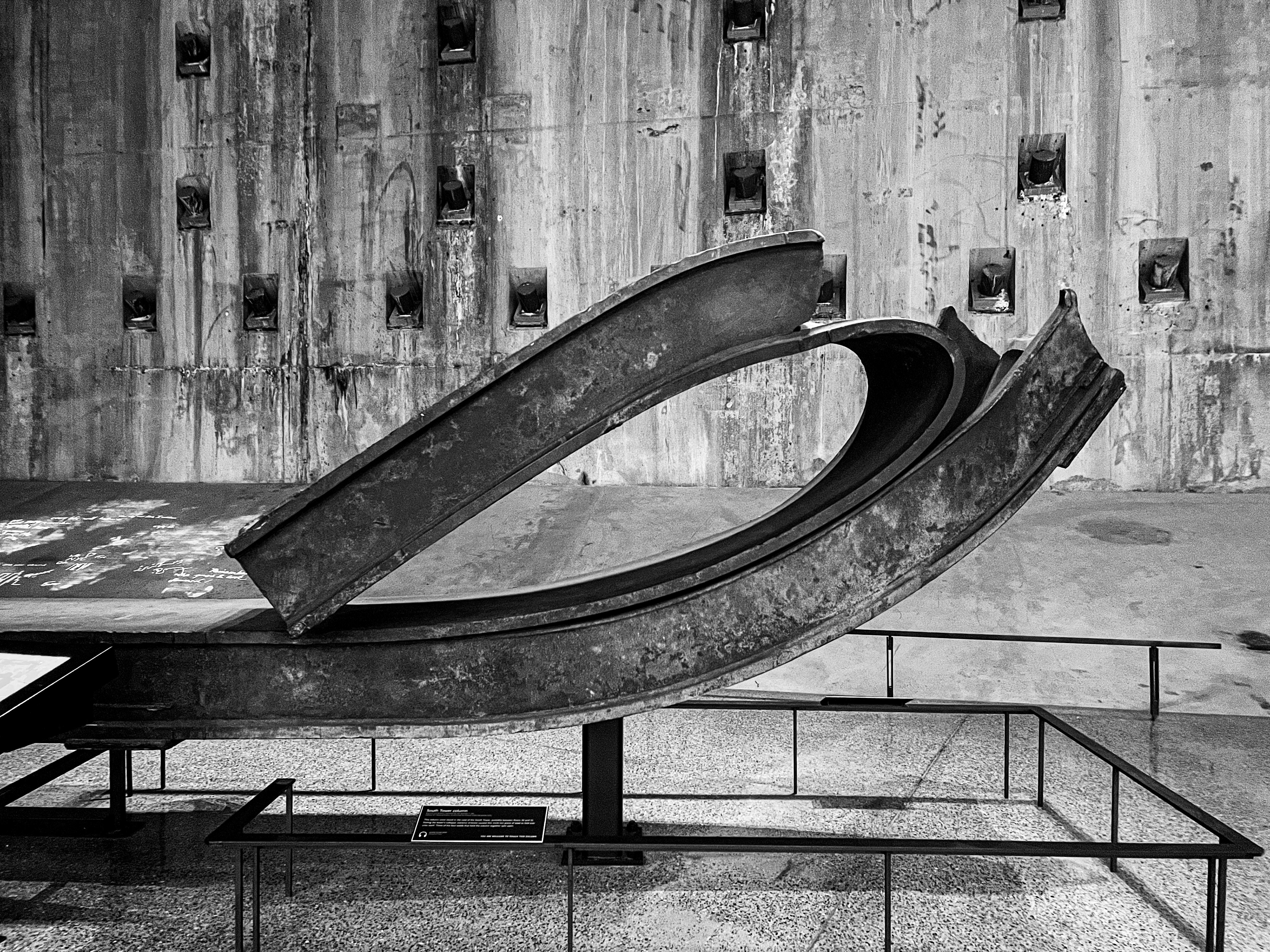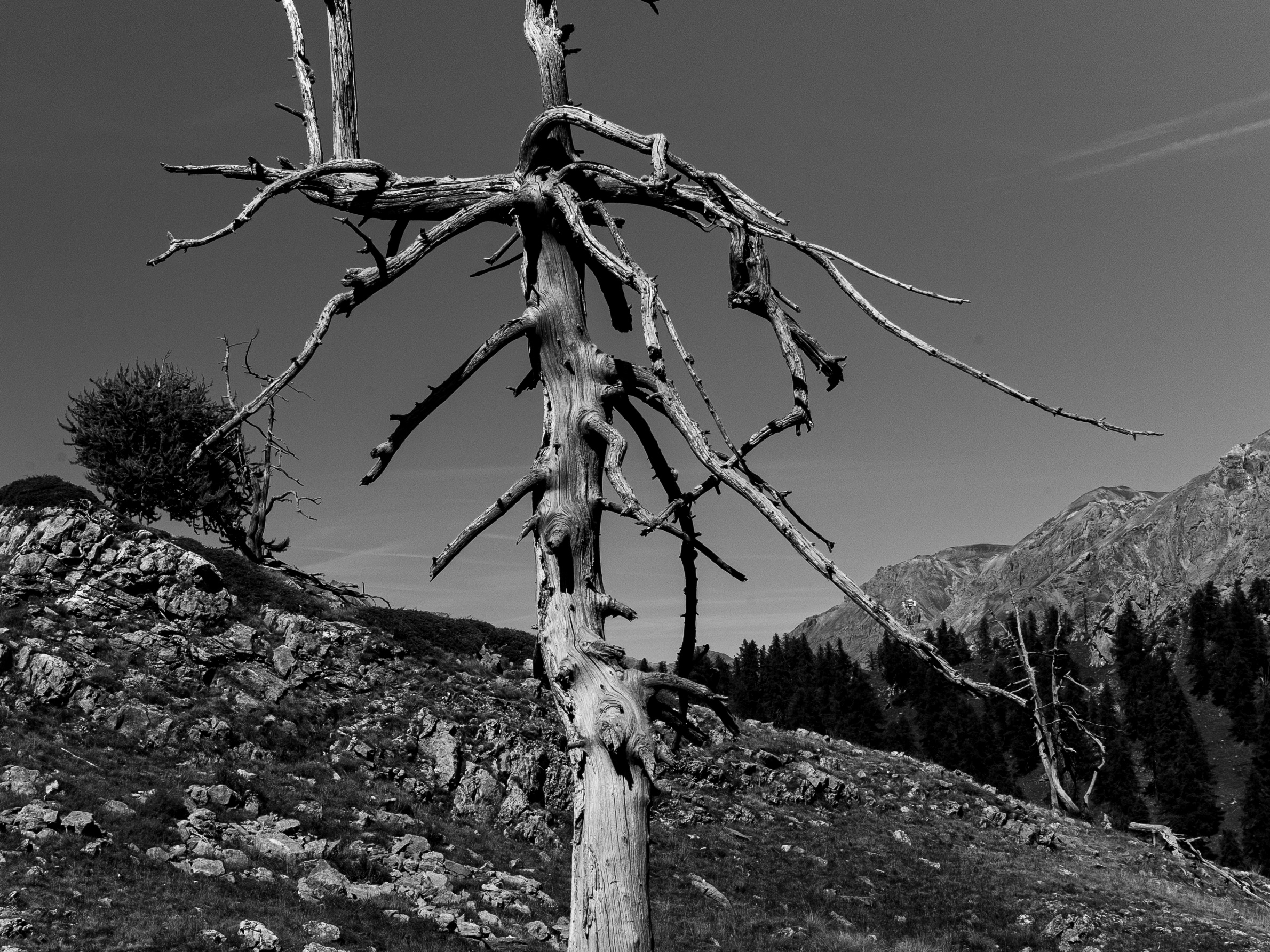Amidst the greyscape
A bright red splash - a fire hydrant.
An orange dash - the bag of the woman in the brown coat, walking.
Alongside, a paler, brownish-green parallel line of gaunt trees, a semblance of vegetation wedged in between concrete colourless blocks looming over the human element and the expanse of ground, boundless. In some totalitarian state, it might as well be occupied by an army, or stretch out forever, and there would be no end to the woman’s walk; two members of the armed forces might come and arrest her, “Restricted Zone. What are you doing here?”. Or else, the woman would remain indifferent to the risks of crossing the esplanade.
In fact, the esplanade encompasses something human, profoundly human- a library, invisible, impossible to conjure up, that would stay hidden were it not for the four huge book-shaped towers standing out of frame. The French Library, Bibliothèque Nationale de France, the BNF.
But back to the vastly artificial expanse.
The vanishing lines lead the gaze away to the top of the picture, the point where they converge behind a group of desolate, ashen, wintery trees - a park I hadn’t noticed at first, next to massive, fifteen or twenty-storey blocks of flats.
My eyes resist the main perspective; they are caught by the coloured edging cutting across the many converging lines towards this attempt at humanizing the concreted-over place- the sickly trees, that the woman with the bag and the false-fur coat doesn’t notice.
These trees - puny, anemic, scrawny (synonyms come rushing under my pen) are no doubt the idea of some landscape architect who worked either with, or against, the concretemongering architects of the esplanade. Some afterthought of greenery, a small percentage of vegetation conceded by those all-powerful architects, the same ones I’d already seen imposing their views when they built the raw concrete children’s hospital in Lyon. We (the health-care staff) would warn them: “Totally inhuman, not for sick children, all this concrete”. They were deaf, they remained blind. We would repeat, louder this time “There is not an ounce of humanity in your project, no warmth at all.” They would overlook us, reach out to the administrators and the politicians, come up with words like “technical specifications”, “Le Corbusier”, “budget constraints” - gross, inappropriate answers.
Frail, ailing trees. My brain flips the picture, conjuring up a flamboyant landscape where, I can only imagine, the small percentage of artificiality present would be designed for humans to live closer to nature, immerse in it, savour it, attune to it.
I take a long walk in the mountains around me. Then, I go to the BNF website, open one of Marcel Proust’s notebooks and read: “I had to restore their meanings to the tiniest signs around me, meanings that had been erased by habit.”
